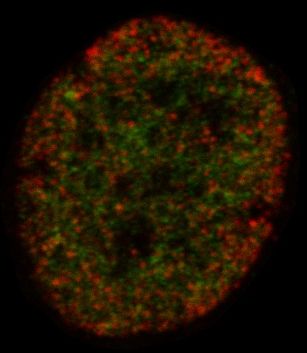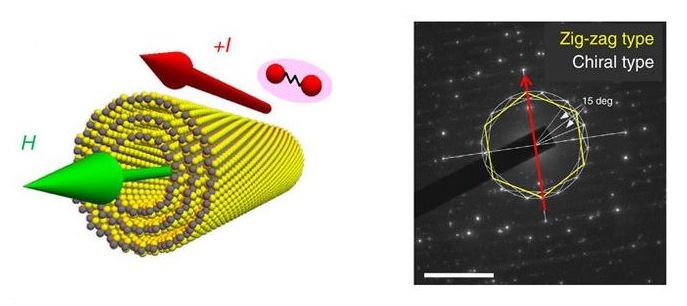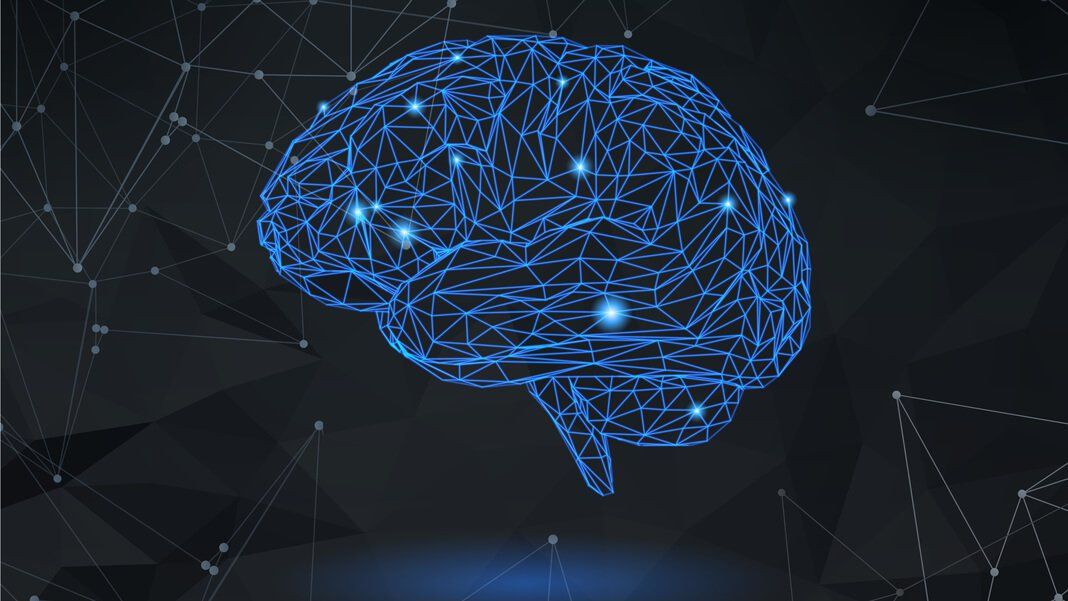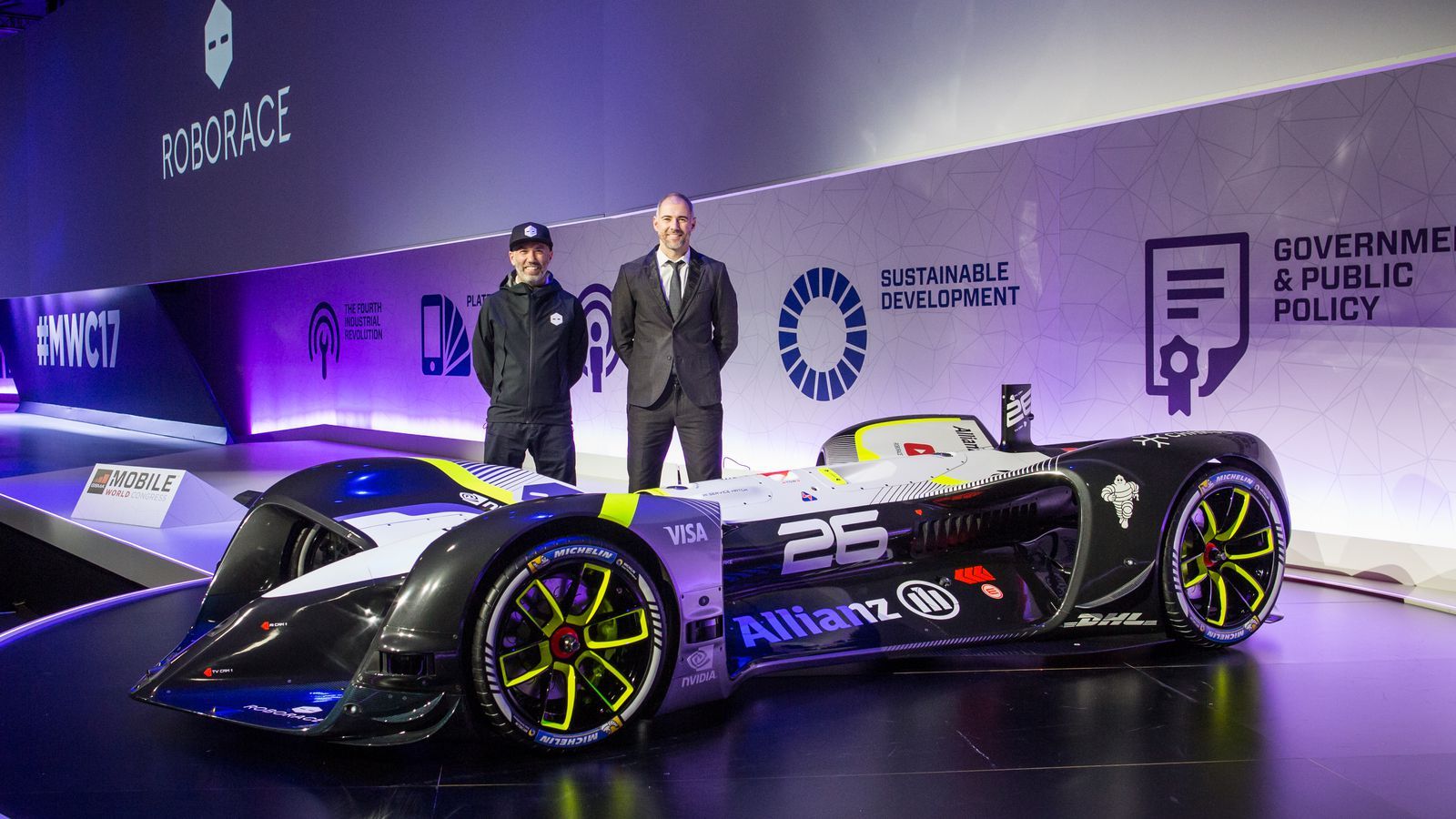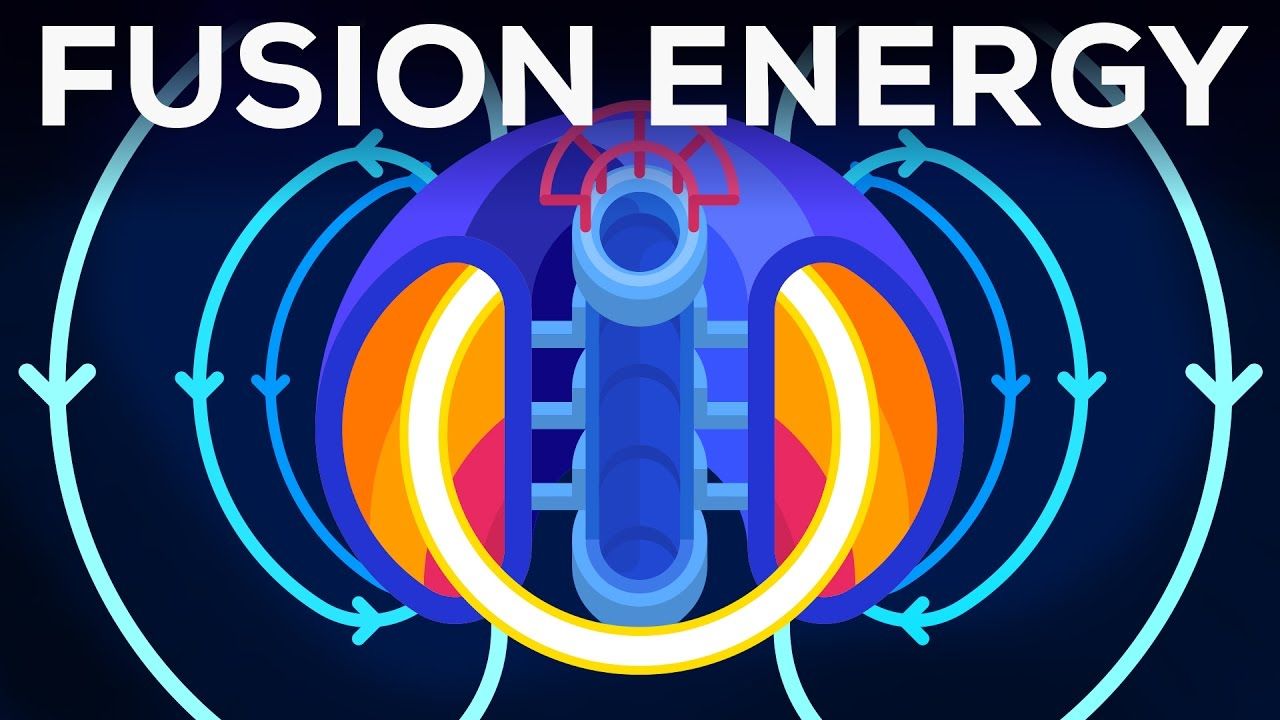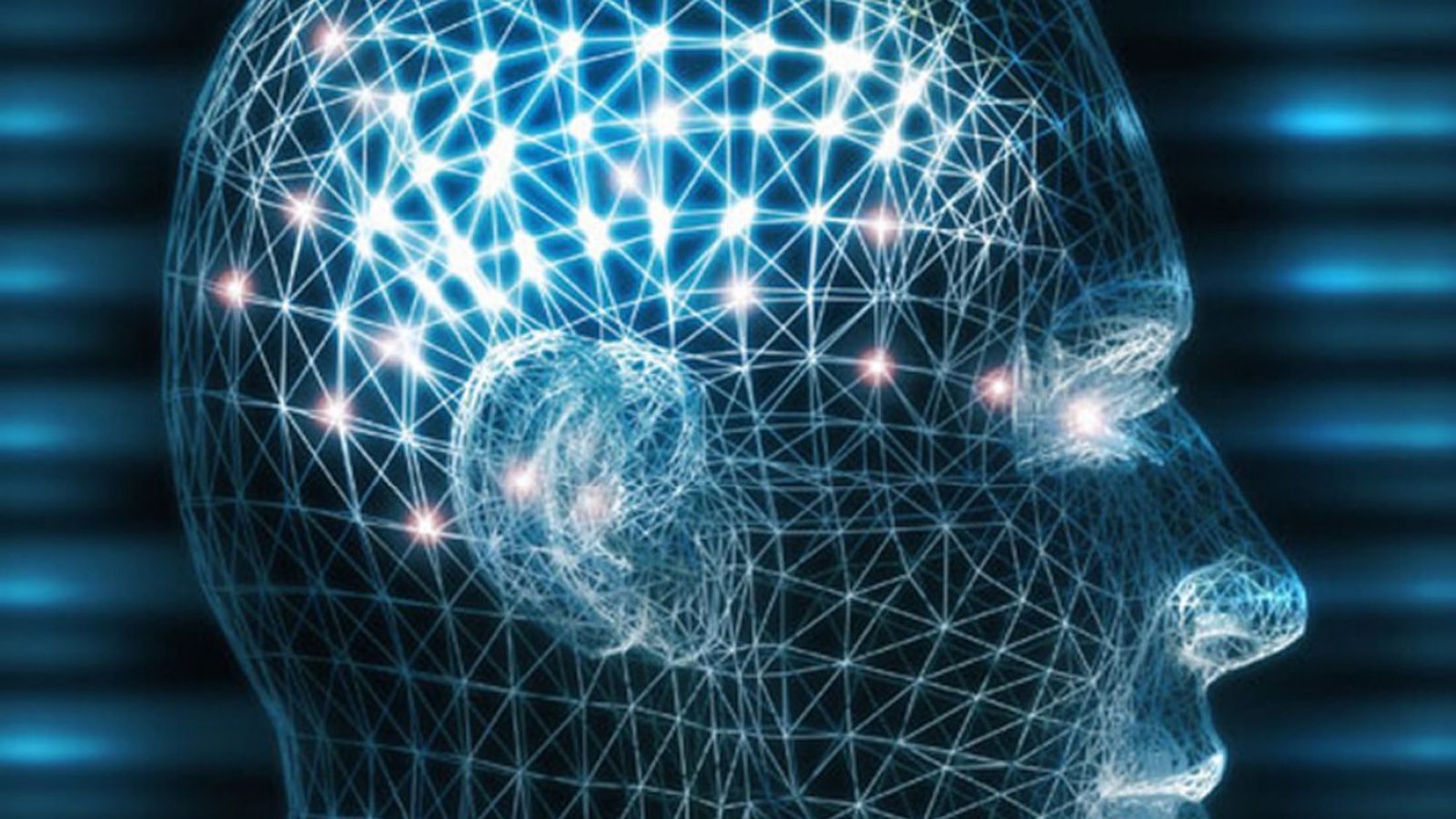Feb 27, 2017
Super resolution imaging helps determine a stem cell’s future
Posted by Kevin Huang in categories: biotech/medical, engineering
Scientists at Rutgers and other universities have created a new way to identify the state and fate of stem cells earlier than previously possible.
Understanding a stem cell’s fate—the type of cell it will eventually become—and how far along it is in the process of development can help scientists better manipulate cells for stem cell therapy.
The beauty of the method is its simplicity and versatility, said Prabhas V. Moghe, distinguished professor of biomedical engineering and chemical and biochemical engineering at Rutgers and senior author of a study published recently in the journal Scientific Reports. “It will usher in the next wave of studies and findings,” he added.
